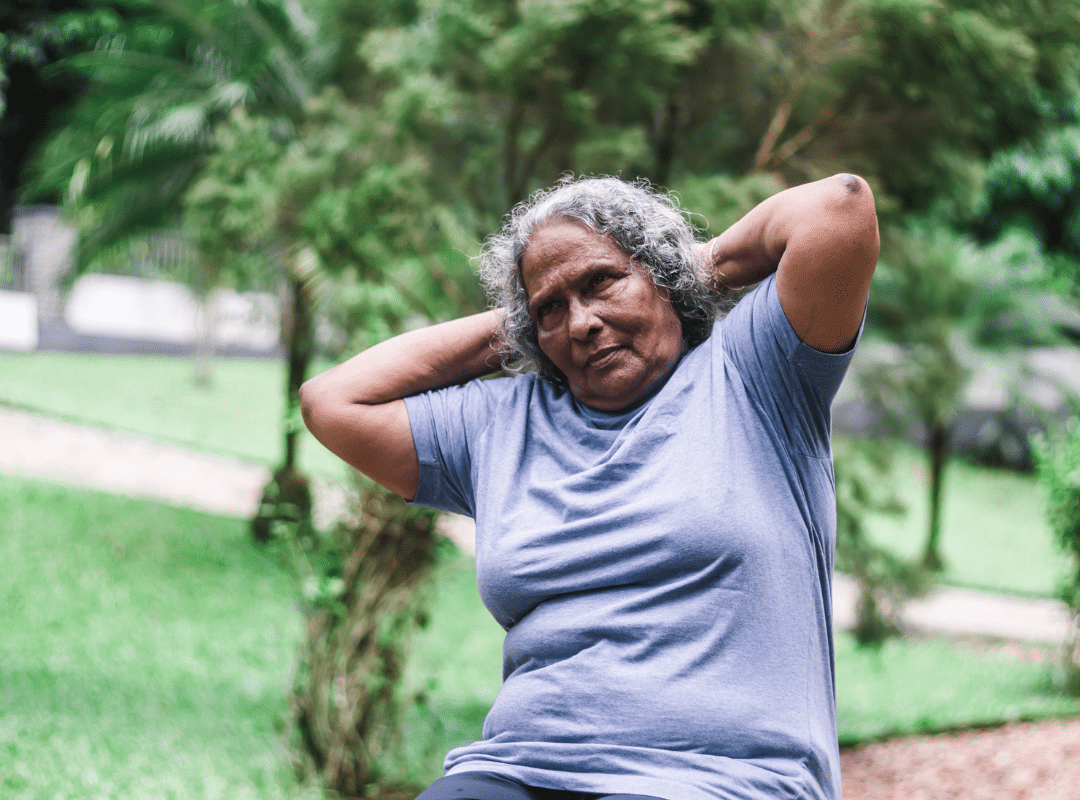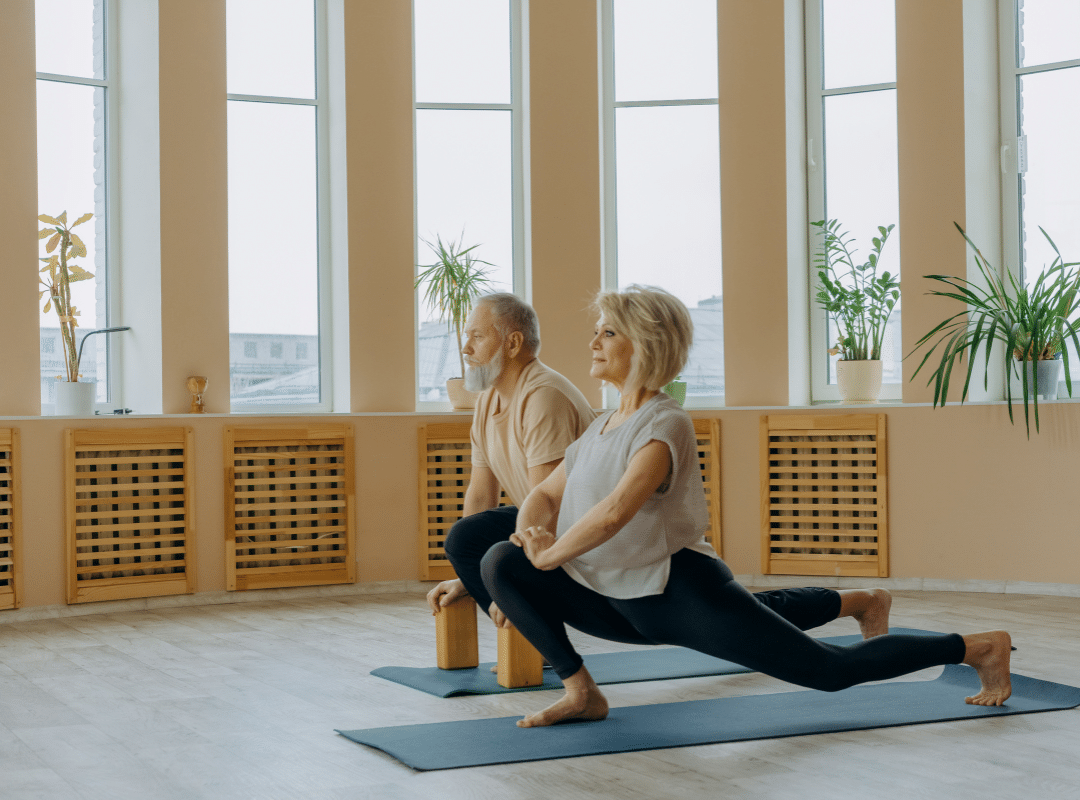Hamstring Exercises for Seniors That Improve Daily Life
Staying active and mobile as we age starts with strong, flexible hamstrings. These muscles in the back of your thighs are essential for walking, bending, and simply getting out of a chair. They tend to tighten and weaken over time without regular attention, leading to discomfort, limited motion, and an increased risk of falls. That’s why hamstring exercises for seniors are more than just stretches—they’re a way to preserve independence and ease your daily routine. Whether in your 60s or beyond, focusing on exercises targeting the hamstrings can significantly boost your physical health. You don’t need a gym; many movements can be done from home.
With the proper support, such as at Magnolia Terrace Assisted Living, seniors can access expert guidance and nurturing environments that make safe exercise part of everyday life. Let’s look at how hamstring care supports better movement and how you can start today.
Why Hamstring Health Matters for Older Adults
For seniors, hamstring health directly impacts how freely and safely you can move. These muscles support core functions like walking, rising from a seat, and maintaining balance. As we age, our muscles shorten and weaken without regular use, creating tightness restricting mobility. Practicing hamstring exercises over 50 helps maintain strength and stability in this critical muscle group, improving your ability to stay active without fear of falls. Poor hamstring flexibility can also lead to back and knee discomfort, but with consistent practice, you can relieve strain and feel more comfortable in your body. Magnolia Terrace Assisted Living promotes lifelong movement through personalized care, where residents benefit from wellness plans designed to keep their legs strong and bodies energized.
Seated Hamstring Exercises for Seniors That Work
If you’re new to exercising or managing limited mobility, seated hamstring exercises for seniors offer a great starting point. These stretches can be done on a sturdy chair and help gently improve flexibility without strain. One standard method involves sitting with one leg extended forward and leaning slowly toward the toes. This movement stretches the hamstring safely while allowing full support from the chair. Performing these seated routines several times a week can dramatically improve how you feel while walking, dressing, or standing up. Whether recovering from stiffness or maintaining mobility, seated stretches are effective, low-impact, and easy to incorporate into a daily routine. Magnolia Terrace encourages this gentle routine and offers residents access to spaces ideal for doing hamstring exercises at home under guided supervision.
Hamstring Exercises at Home That Boost Independence
You don’t need complex equipment to take care of your hamstrings. Many hamstring exercises at home require a floor mat or chair. One effective move is the wall stretch, where you lie flat and rest your legs vertically against the wall to gently lengthen the hamstring. This is a favorite among seniors because it improves flexibility without requiring strength or balance. For a more active option, you can place your heel on a low step or bench, slowly leaning forward until you feel a stretch. These simple activities improve posture and reduce the effort needed for everyday tasks like walking up stairs or reaching for items. Making room for a few minutes of stretching each day at home can relieve pain, enhance circulation, and keep you feeling more independent for longer. Learn more about how Magnolia Terrace helps residents maintain flexibility through home-like, supportive routines here.

Try These Hamstring Stretches Sitting Down
If lying on the floor isn’t comfortable, hamstring stretches sitting down are a gentle and safe alternative. Sitting in a chair, you can extend one leg out with your heel on the floor and lean forward slightly to feel the stretch in the back of the thigh. Hold for 15–30 seconds, then switch sides. This simple move can improve your flexibility significantly over time. It’s beneficial for individuals recovering from surgery or managing chronic joint pain. Repeat this movement regularly to experience more fluid motion when walking or transferring from bed to chair. These hamstring exercises for seniors make you feel better and help you keep doing the things you love. Seniors at Magnolia Terrace benefit from ongoing access to these types of exercises, supported by trained caregivers and physical therapy partnerships.
Staying Safe With Hamstring Exercises Over 50
As with any fitness activity, safety should always come first. When starting any new stretch or routine, it’s wise to warm up with a short walk or arm movement to prepare the muscles. Seniors over 50 should aim for slow, intentional movements—never rush or bounce during a stretch. The goal is to feel gentle tension, not pain. If anything feels uncomfortable, stop immediately and try a different position. Hydration, regular rest, and consultation with a healthcare provider are all part of safe exercise habits. Magnolia Terrace Assisted Living can guide you if you’re unsure how to start or want help designing your routine. Their experienced team creates supportive programs built around the mobility goals of each resident. Explore their living options here.
Get Help Creating a Custom Hamstring Routine
The best exercise plan is one that’s designed just for you. Whether you’re interested in joining a group class, working with a physical therapist, or stretching in your apartment, there are many ways to tailor hamstring exercises over 50 to your comfort level. Staying active doesn’t have to be complicated, especially when you have the right tools, guidance, and community support. Magnolia Terrace offers resources to help you integrate hamstring care into your daily life, with personalized wellness planning and staff support available around the clock. Pair these efforts with helpful platforms like SilverSneakers and NCOA’s healthy aging tools for additional support and education. Let your strength build one stretch at a time.
If you’re ready to explore how Magnolia Terrace can support your health journey, schedule a tour today or call 419-462-3900 to speak with a member of our care team. Let’s stretch toward a stronger tomorrow—together.
Frequently Asked Questions
What is the best exercise class for seniors?
The best exercise class for seniors typically combines low-impact movement with strength, flexibility, and balance training. Popular options include chair yoga, water aerobics, tai chi, and senior-focused fitness classes. These classes are designed to be gentle on joints while improving overall mobility and health. It is best to choose a class based on individual health needs and fitness goals.
Do seniors get a free gym membership?
Many seniors may qualify for free or discounted gym memberships through SilverSneakers, Renew Active, or Silver&Fit programs. These programs are often included with certain Medicare Advantage or supplemental insurance plans. Eligibility and participating gyms vary by location and insurance provider. It’s a good idea to check with your health plan and local fitness centers for details.
Is there a free exercise program for seniors?
Several free exercise programs for seniors are available in person and online. Local community centers, YMCAs, and senior centers often offer no-cost classes through Medicare-sponsored programs like SilverSneakers. Additionally, many free workout videos online are explicitly tailored to older adults. These options make staying active more accessible for seniors of all mobility levels.
What is the number one exercise for seniors?
Walking is often considered the number one exercise for seniors due to its simplicity, low impact, and wide-ranging health benefits. It helps improve cardiovascular health, strengthen muscles, and boost mood. Walking can be done almost anywhere and adjusted for different fitness levels. For many seniors, it’s an easy and sustainable way to stay active daily.

